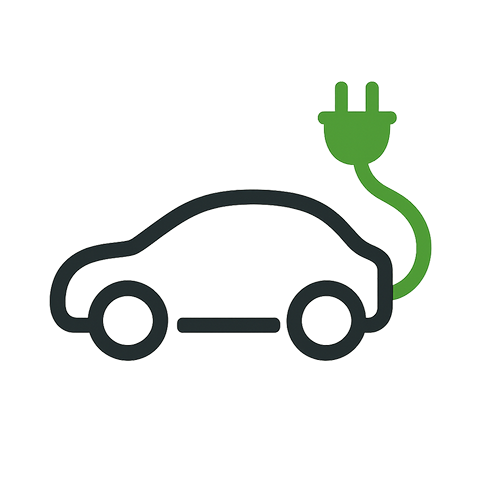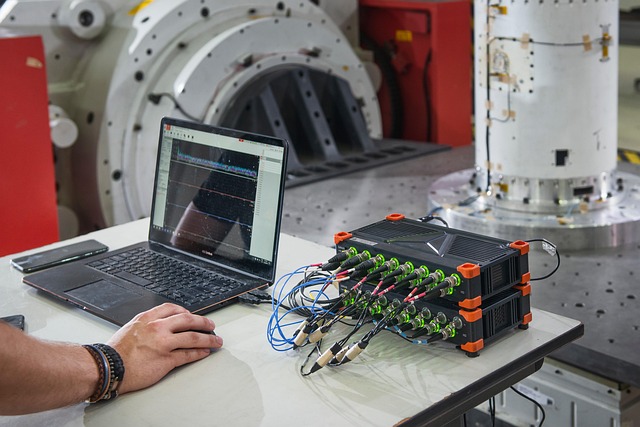
Revving Up the Future: How Network Services Are Powering Electric Car Maintenance
The automotive landscape is undeniably shifting gears. The roar of traditional car engines is slowly giving way to the silent hum of electric power. This fundamental change in what powers our vehicles naturally means a fundamental change in how we approach car service and maintenance.
Gone are the days where maintenance was solely about oil changes, exhaust systems, and intricate mechanical fixes deep within a complex engine block. Electric cars have fewer moving parts, no oil to change, and a vastly different powertrain. But that doesn’t mean they don’t need care and attention.
This is where the unsung heroes of modern motoring come in: network services. Think of them as the digital nervous system connecting your electric vehicle (EV) to the outside world. These services are revolutionizing how diagnostics are performed, how car parts are monitored, and how proactive maintenance can become.
The Digital Backbone of EV Care
Network services allow EVs to constantly communicate vital information. This isn’t just about infotainment or navigation; it’s about the health and performance of the vehicle itself. Here’s how they are transforming car maintenance:
- Remote Diagnostics: Instead of waiting for a warning light to appear and then taking the car in to figure out the problem, network services enable the car to report issues directly to the manufacturer or a designated service center in real-time. Technicians can often get a head start on diagnosing a problem before the car even arrives.
- Predictive Maintenance: By constantly monitoring the performance data from various car parts and systems – like battery health, motor efficiency, or sensor readings – network services can use algorithms to predict potential failures *before* they happen. This allows for scheduling service proactively, preventing inconvenient breakdowns.
- Over-the-Air (OTA) Updates: Just like your smartphone, many EV systems can receive software updates remotely via network services. These updates can improve performance, enhance features, and even address potential issues with certain ‘virtual’ car parts or control modules without requiring a visit to the shop. This is a significant part of modern EV maintenance.
- Streamlined Service Scheduling: The car itself, or its companion app connected via network services, can often notify you when scheduled maintenance is due and even help book appointments directly with service providers.
- Parts Monitoring: While EVs have fewer traditional wear-and-tear parts, components like brake pads (though used less due to regenerative braking), tires, and specific EV-unique parts still need monitoring. Network services can track usage and performance to help signal when replacement or inspection might be necessary.
This deep level of connectivity and data exchange fundamentally changes the traditional model of waiting for something to break. It moves maintenance into a more proactive, data-driven era. It’s less about getting your hands dirty in a greasy engine bay and more about understanding data streams and software.
For service centers, it means access to more precise information, potentially faster repair times, and the ability to manage inventory of necessary car parts based on real-world data from connected vehicles. For drivers, it promises less downtime, fewer unexpected repair bills, and a greater sense of confidence in the health of their vehicle.
This evolution is a major topic in car news and reflects the broader trend of vehicles becoming sophisticated connected devices. The reliance on robust and reliable network services is only set to increase as EVs become more prevalent and autonomous driving features become more common, further blurring the lines between transportation and technology.



